Luca Mazzola
Exogenous Data in Forecasting: FARM -- A New Measure for Relevance Evaluation
Apr 24, 2023Abstract:Evaluating the relevance of an exogenous data series is the first step in improving the prediction capabilities of a forecast algorithm. Inspired by existing metrics for time series similarity, we introduce a new approach named FARM - Forward Aligned Relevance Metric. Our forward method relies on an angular measure that compares changes in subsequent data points to align time-warped series in an efficient way. The proposed algorithm combines local and global measures to provide a balanced relevance metric. This results in considering also partial, intermediate matches as relevant indicators for exogenous data series significance. As a first validation step, we present the application of our FARM approach to synthetic but representative signals. While demonstrating the improved capabilities with respect to existing approaches, we also discuss existing constraints and limitations of our idea.
Nested and Balanced Entity Recognition using Multi-Task Learning
Jun 11, 2021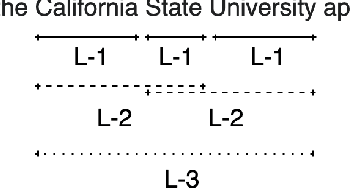

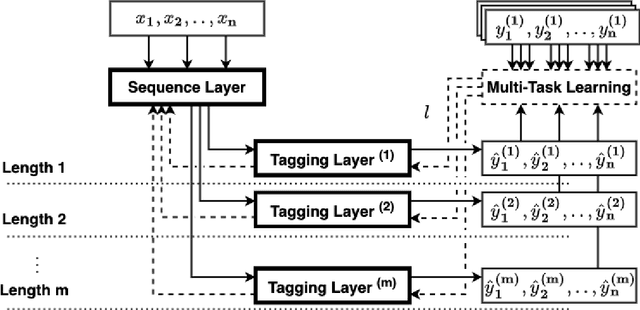

Abstract:Entity Recognition (ER) within a text is a fundamental exercise in Natural Language Processing, enabling further depending tasks such as Knowledge Extraction, Text Summarisation, or Keyphrase Extraction. An entity consists of single words or of a consecutive sequence of terms, constituting the basic building blocks for communication. Mainstream ER approaches are mainly limited to flat structures, concentrating on the outermost entities while ignoring the inner ones. This paper introduces a partly-layered network architecture that deals with the complexity of overlapping and nested cases. The proposed architecture consists of two parts: (1) a shared Sequence Layer and (2) a stacked component with multiple Tagging Layers. The adoption of such an architecture has the advantage of preventing overfit to a specific word-length, thus maintaining performance for longer entities despite their lower frequency. To verify the proposed architecture's effectiveness, we train and evaluate this architecture to recognise two kinds of entities - Concepts (CR) and Named Entities (NER). Our approach achieves state-of-the-art NER performances, while it outperforms previous CR approaches. Considering these promising results, we see the possibility to evolve the architecture for other cases such as the extraction of events or the detection of argumentative components.
Semantic-based Anomalous Pattern Discovery in Moving Object Trajectories
May 08, 2013
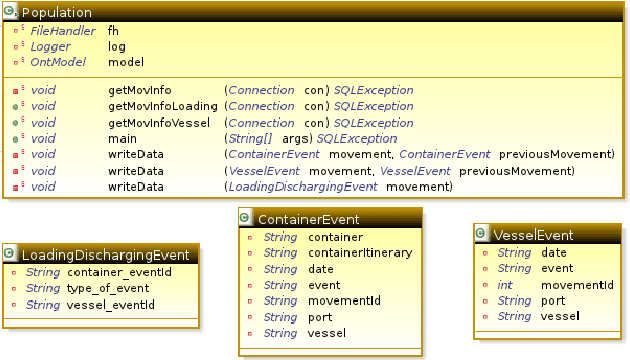
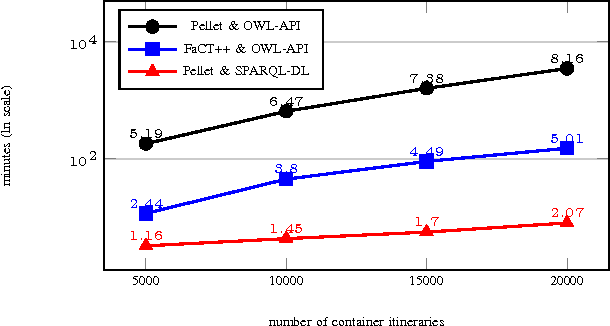
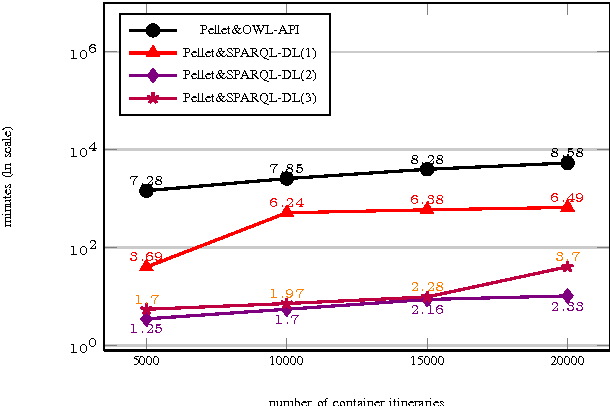
Abstract:In this work, we investigate a novel semantic approach for pattern discovery in trajectories that, relying on ontologies, enhances object movement information with event semantics. The approach can be applied to the detection of movement patterns and behaviors whenever the semantics of events occurring along the trajectory is, explicitly or implicitly, available. In particular, we tested it against an exacting case scenario in maritime surveillance, i.e., the discovery of suspicious container transportations. The methodology we have developed entails the formalization of the application domain through a domain ontology, extending the Moving Object Ontology (MOO) described in this paper. Afterwards, movement patterns have to be formalized, either as Description Logic (DL) axioms or queries, enabling the retrieval of the trajectories that follow the patterns. In our experimental evaluation, we have considered a real world dataset of 18 Million of container events describing the deed undertaken in a port to accomplish the shipping (e.g., loading on a vessel, export operation). Leveraging events, we have reconstructed almost 300 thousand container trajectories referring to 50 thousand containers travelling along three years. We have formalized the anomalous itinerary patterns as DL axioms, testing different ontology APIs and DL reasoners to retrieve the suspicious transportations. Our experiments demonstrate that the approach is feasible and efficient. In particular, the joint use of Pellet and SPARQL-DL enables to detect the trajectories following a given pattern in a reasonable time with big size datasets.
 Add to Chrome
Add to Chrome Add to Firefox
Add to Firefox Add to Edge
Add to Edge